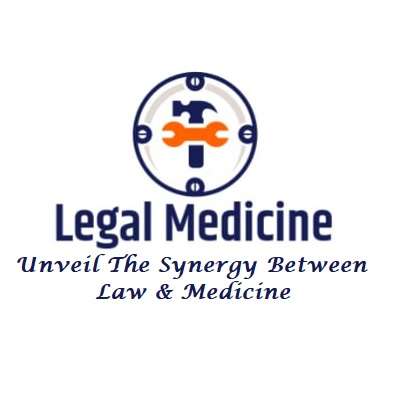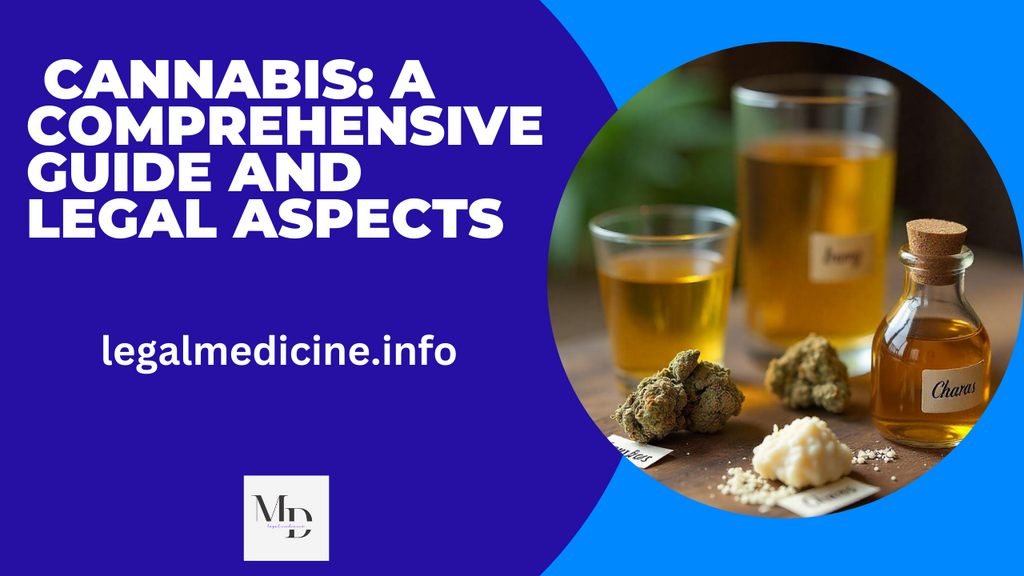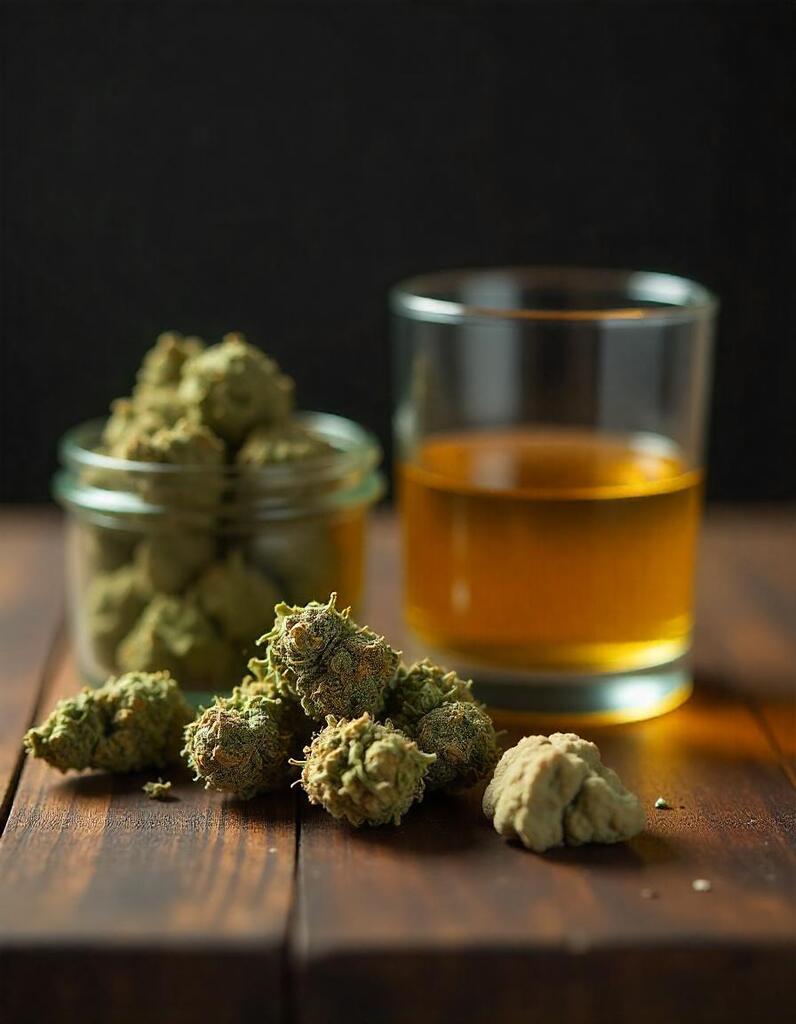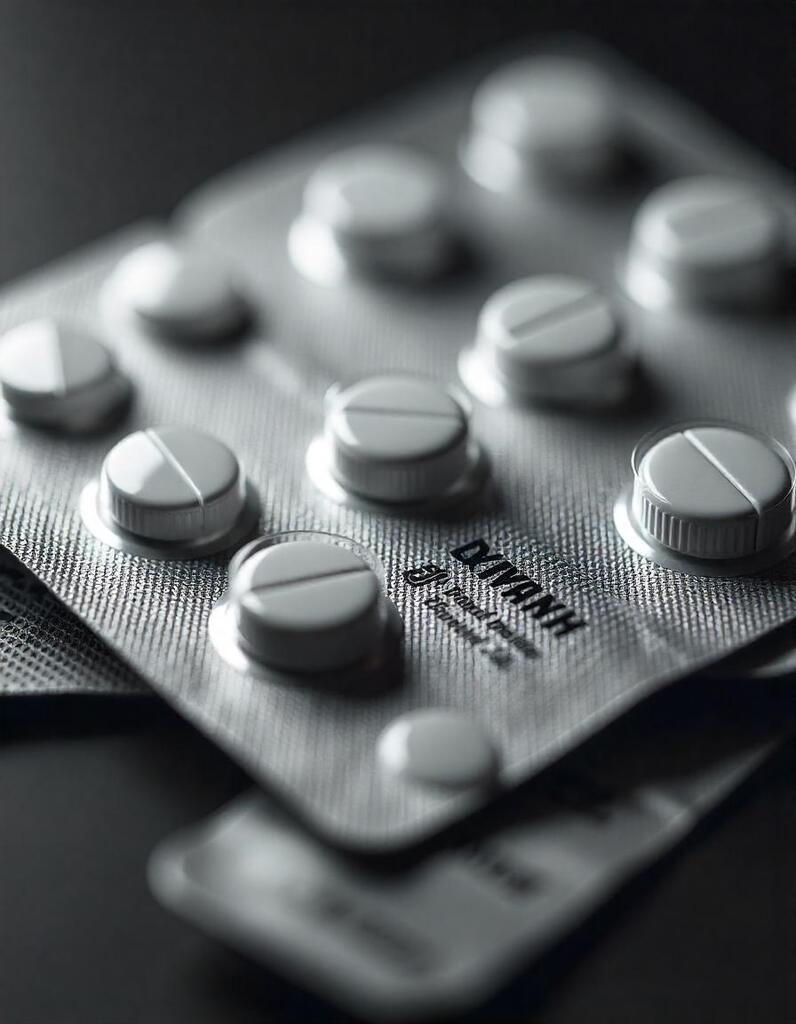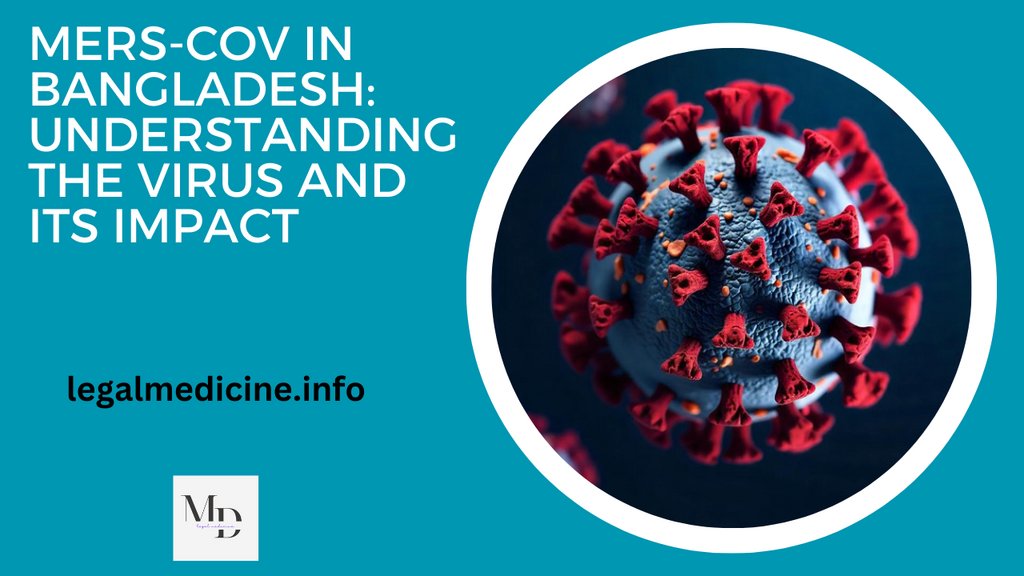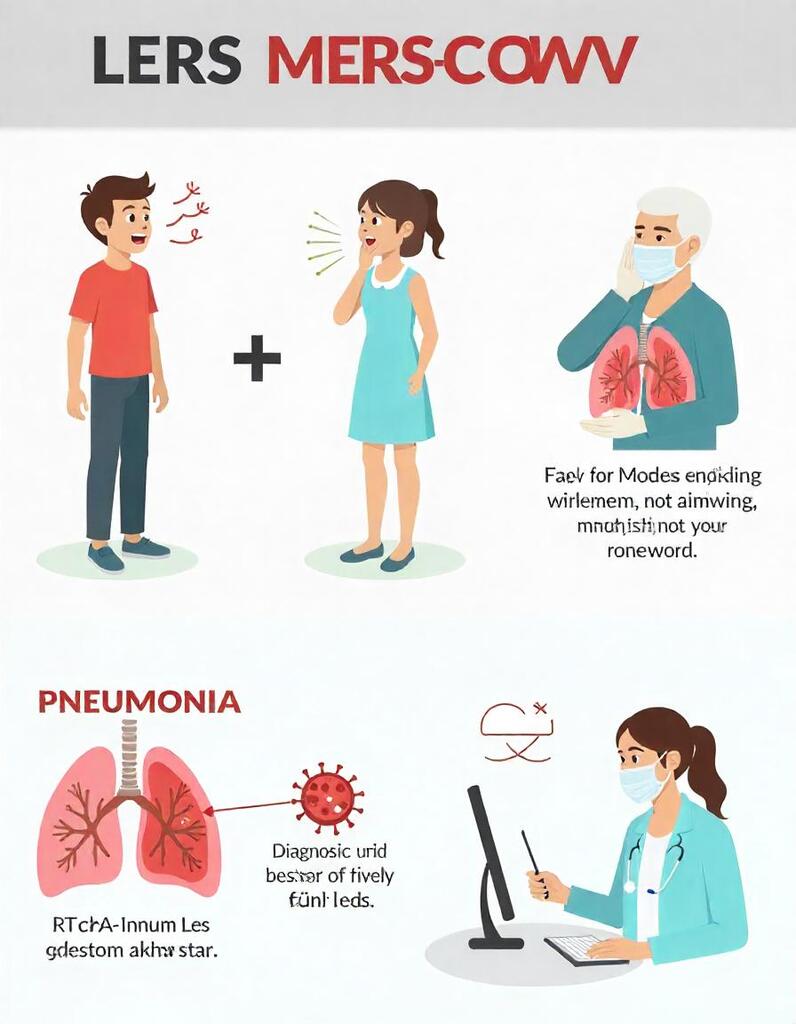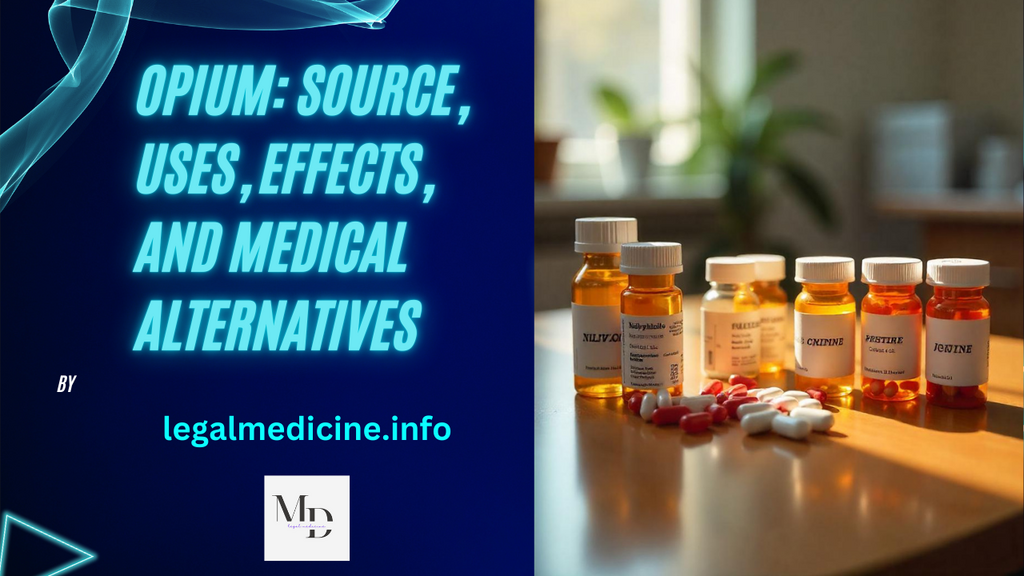
Opium has a long history in medicine, but its addictive nature has led to widespread restrictions. It plays a crucial role in pain management, yet its misuse has caused severe health and legal concerns. This article explores opium’s sources, classification, medical applications, long-term effects, and treatment options.
Source of Opium

Farmers derive opium from the Papaver somniferum plant, commonly known as the opium poppy. Cultivation occurs mainly in Afghanistan, India, Myanmar, and parts of Latin America. The plant thrives in dry, temperate climates and requires careful handling during the extraction process.
How Farmers Collect Crude Opium
Farmers extract crude opium from the unripe seed pods of the opium poppy. The process includes:
- Incising the pods – Farmers make shallow cuts on the green poppy pods to allow the sap to ooze out.
- Collecting the sap – The milky latex that emerges thickens and turns brown as it dries.
- Harvesting the latex – After drying, farmers scrape off the latex and collect it as crude opium.

What Defines Ripe Opium?
Ripe opium refers to fully matured poppy pods where the sap has thickened completely. It contains lower potency than freshly harvested opium but serves as a raw material for medicinal derivatives like morphine and codeine.
Classification of Opium and Its Derivatives
Opium and its derivatives belong to the opioid class of drugs. They are classified as:
1. Natural Opioids (Opiates)
- Morphine – The most potent natural opiate used for pain relief.
- Codeine – A milder analgesic and cough suppressant.
2. Semi-Synthetic Opioids
- Heroin (Diacetylmorphine) – A highly addictive illegal drug derived from morphine.
- Oxycodone – A prescription painkiller often misused.
3. Fully Synthetic Opioids
- Pethidine (Meperidine) – A synthetic alternative to morphine, used in labor pain management.
- Fentanyl – An extremely potent opioid, often used in severe pain management and surgery.
Medical Uses of Opium
For centuries, opium and its derivatives have played a role in pain management. Today, controlled derivatives like morphine and codeine help in:
- Severe pain relief (post-surgical, cancer pain, trauma management)
- Cough suppression (codeine is commonly used in cough syrups)
- Diarrhea treatment (opium tinctures help manage severe diarrhea)
Why Pethidine Replaces Morphine in Some Cases
Doctors often prefer Pethidine (Meperidine) over morphine due to:
- A shorter half-life, reducing the risk of prolonged sedation.
- Lower respiratory depression, which makes it safer for some patients.
- Less addiction potential, though it still carries a risk of misuse.
Morphine and Codeine Combination
The morphine-codeine combination enhances pain relief while lowering the risk of respiratory depression. Doctors use this combination under strict supervision for severe pain management.
Morphine Addiction and Death Cases

Morphine Addiction
Morphine’s ability to bind to opioid receptors makes it highly addictive. Long-term use leads to:
- Physical dependence, requiring higher doses for the same effect.
- Severe withdrawal symptoms, including nausea, anxiety, muscle pain, and insomnia.
- Increased tolerance, pushing users toward stronger opioids like heroin.
Morphine-Related Deaths
Morphine overdose remains a leading cause of opioid-related deaths. Overdoses occur due to:
- Respiratory depression, leading to oxygen deprivation and death.
- Mixing with other depressants like alcohol or benzodiazepines, which enhances toxicity.
- Unregulated use, where users consume higher doses than prescribed.
A notable case involves the opioid crisis in the U.S., where prescription opioid misuse, including morphine, has resulted in thousands of deaths annually. The CDC reports that over 500,000 people died from opioid overdoses between 1999 and 2019, with morphine playing a significant role in early opioid-related fatalities.
Why Some Countries Ban Morphine
Many nations restrict morphine due to:
- High addiction potential, leading to dependence and withdrawal symptoms.
- Abuse and black-market trade, which fuels opioid addiction crises.
- Severe side effects, including respiratory failure, drowsiness, and overdose risks.
Long-Term Effects of Opium Use
Regular use of opium or opioids may cause:
- Physical dependence and tolerance, requiring higher doses over time.
- Respiratory depression, which can be fatal in overdoses.
- Cognitive impairment, including memory loss and reduced mental alertness.
- Gastrointestinal issues, like chronic constipation and nausea.
- Increased risk of overdose and death, especially when combined with other depressants.
Treatment for Opium Addiction

Opium addiction requires a combination of:
- Medication-Assisted Therapy (MAT): Drugs like methadone and buprenorphine help reduce withdrawal symptoms.
- Behavioral therapy: Cognitive-behavioral therapy (CBT) helps individuals manage cravings.
- Detox programs: Medical supervision ensures safe withdrawal.
- Support groups: Programs like Narcotics Anonymous provide long-term support.
FAQ
1. Does the medical industry still use opium?
Yes, controlled derivatives like morphine and codeine remain essential for pain relief and cough suppression.
2. Why does opium cause addiction?
Morphine interacts with brain receptors, creating euphoria and leading to dependence after prolonged use.
3. What are the safest pain management alternatives to opium?
Non-opioid pain relievers like NSAIDs (ibuprofen, naproxen) and acetaminophen offer safer options.
4. Can opium withdrawal be life-threatening?
Although Morphine withdrawal is rarely fatal, it can be extremely uncomfortable and requires medical supervision.
For more information, visit the National Institute on Drug Abuse for research on opioid addiction and treatment.
Sources:
- National Institute on Drug Abuse (NIDA)
- World Health Organization (WHO)
- Journal of Pain Research
